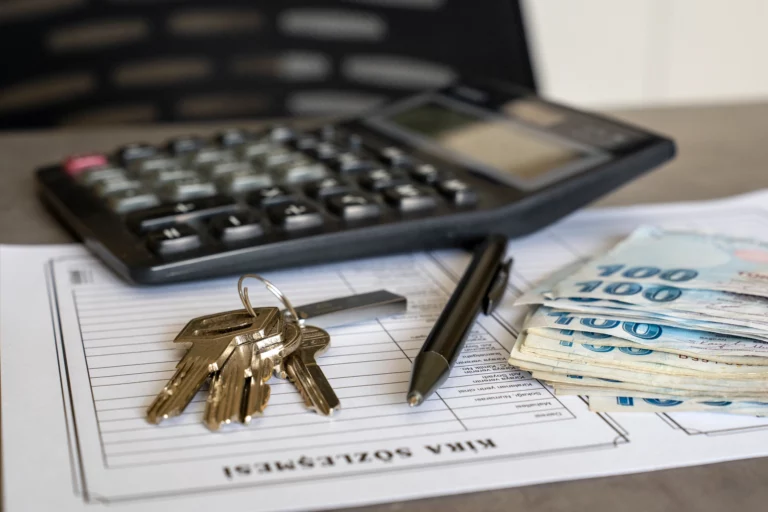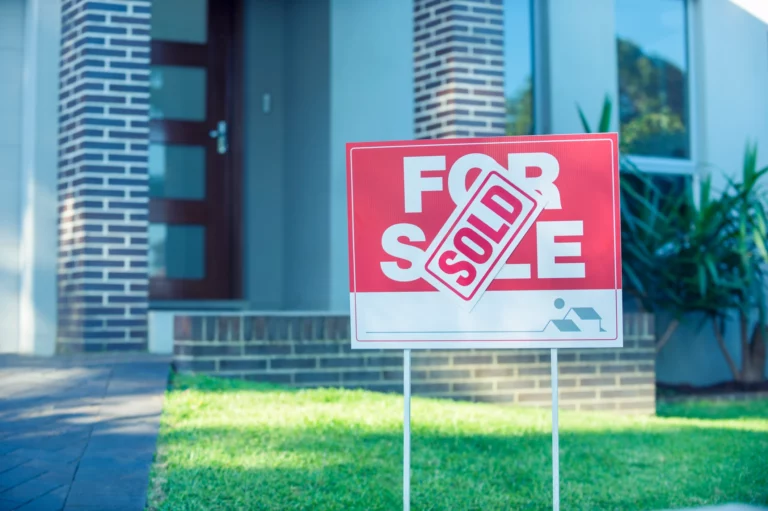When to Refinance Home Loan

Refinancing a home loan involves replacing your existing mortgage with a new one, often to achieve better financial terms. This process can be beneficial for homeowners looking to lower their interest rates, reduce monthly payments, or access equity for other financial needs. However, it’s crucial to understand when refinancing makes sense for your specific situation.
Key Reasons to Refinance
One of the primary motivations for refinancing is to take advantage of lower interest rates. A reduced rate can significantly decrease your monthly mortgage payments and the total interest paid over the life of the loan. It’s advisable to refinance when current rates are at least 1% lower than your existing rate.
Lower Interest Rates
One of the primary motivations for refinancing is to take advantage of lower interest rates. A reduced rate can significantly decrease your monthly mortgage payments and the total interest paid over the life of the loan. It’s advisable to refinance when current rates are at least 1% lower than your existing rate.
Change Loan Terms
Refinancing can also allow you to modify the terms of your loan. For instance, switching from a 30-year to a 15-year mortgage can help you pay off your home faster, albeit with higher monthly payments. Conversely, extending your loan term can reduce monthly payments, providing short-term financial relief.
Access Home Equity
Homeowners with significant equity in their property might refinance to access cash for major expenses such as home renovations, education, or debt consolidation. This is known as a cash-out refinance and can be a strategic way to leverage your home’s values.
Switch Loan Types
Refinancing offers the opportunity to change the type of mortgage you have. You might switch from a variable-rate to a fixed-rate loan for more predictable payments or vice versa if you anticipate falling interest rates.
When Not to Refinance
While refinancing can offer numerous benefits, it’s not always the right choice. Consider the following scenarios where refinancing might not be advantageous:
- High Closing Costs: Refinancing involves closing costs that can sometimes outweigh the benefits, especially if you plan to move soon after refinancing.
- Prepayment Penalties: Some loans have penalties for paying off the mortgage early, which can negate the savings from refinancing.
- Minimal Rate Reduction: If the interest rate reduction is less than 1%, the savings might not justify the costs and effort involved in refinancing.
Steps to Refinance Your Home Loan
1. Assess Your Financial Situation
Before refinancing, evaluate your current financial status and long-term goals. Consider your credit score, existing loan terms, and how long you plan to stay in your home.
2. Research and Compare Lenders
Shop around for the best rates and terms. Compare offers from different lenders, including banks, credit unions, and online lenders, to find the most competitive deal.
3. Calculate Potential Savings
Use online calculators to estimate the potential savings from refinancing. Consider both the short-term monthly savings and the long-term interest reduction.
4. Gather Necessary Documentation
Prepare the necessary documents for the refinancing application, including proof of income, tax returns, and details of your current mortgage.
5. Apply for the Loan
Submit your application to the chosen lender. Be prepared for a credit check and a home appraisal as part of the process.
6. Close on the New Loan
Once approved, review the loan terms carefully before closing. Pay attention to the interest rate, loan term, and any fees involved.
Refinancing a home loan can be a powerful financial tool when used strategically. By understanding when and why to refinance, homeowners can make informed decisions that align with their financial goals. Always consider the costs and benefits carefully, and consult with a financial advisor if needed to ensure refinancing is the right move for your situation.





